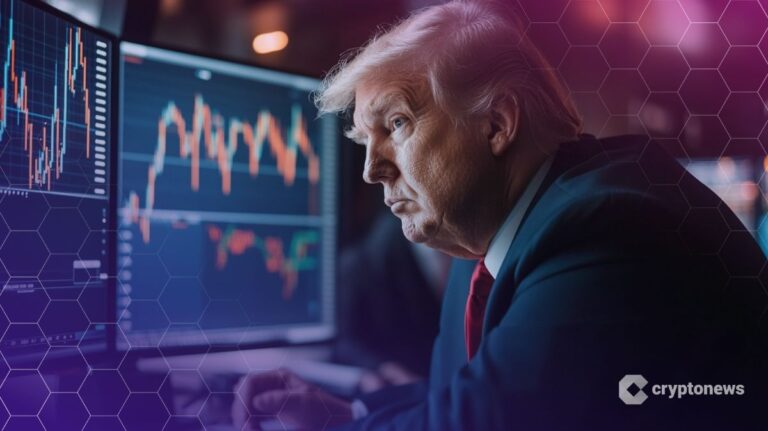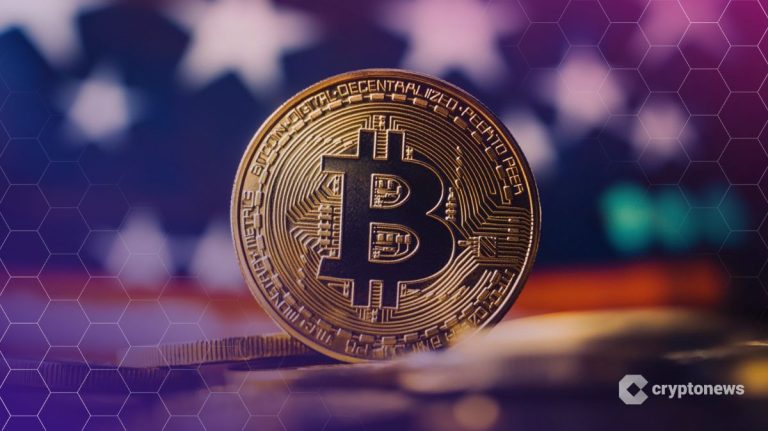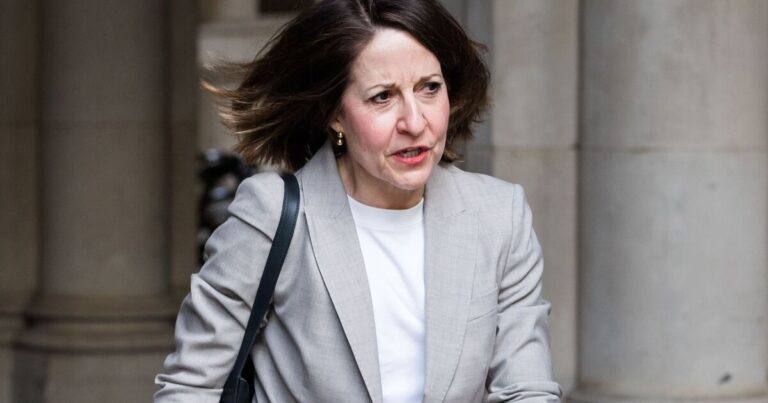Last updated:
 Why Trust Cryptonews
Why Trust Cryptonews

Dutch fintech company Quantoz Payments, backed by Tether, Kraken, and Fabric Ventures, is launching two stablecoins that comply with the European Union’s Markets in Crypto-Assets Regulation (MiCA).
These tokens, pegged to the euro and U.S. dollar (EURQ and USDQ), will debut on November 18 and are licensed as e-money tokens (EMTs) by the Dutch Central Bank (DNB), according to a Monday press release.
Fully backed by fiat reserves, EURQ and USDQ are designed to provide a secure, regulated option for digital transactions within the European Economic Area (EEA).
Kraken and Bitfinex to List the Stablecoins
Kraken and Bitfinex will list the stablecoins on November 21, making them available to eligible clients across Europe. The tokens aim to facilitate faster, cheaper, and more transparent payments for both individuals and businesses.
The launch is a milestone in the evolution of regulated digital finance in the EU, aligning with MiCA’s robust framework to build trust in stablecoin issuers.
MiCA mandates strict requirements, including 1:1 fiat backing and an additional 2% reserve, ensuring transparency and minimizing risks associated with digital payments.
“Europeans speak loudly about MICAR making stablecoin issuance seamless in Europe and whilst there are clearer rules, there are very few players that can pull it off at scale,” Anil Hansjee, general partner at Fabric Ventures, said,
Despite his company’s involvement, Tether CEO Paolo Ardoino has expressed concerns over some aspects of MiCA.
He warned that the requirement for stablecoin issuers to hold at least 60% of their reserves in European banks could pose systemic risks.
Banks, which often loan out up to 90% of their reserves, may become vulnerable during financial instability, potentially endangering the stablecoin ecosystem.
Elsewhere, Norway’s central bank, Norges Bank, recently endorsed MiCA regulations while assessing their implications for a central bank digital currency (CBDC).
While Norway, part of the EEA, supports MiCA, its decision on CBDC issuance remains pending.
The bank is exploring the potential for a CBDC-based cross-border payment system.
Stablecoin Market Remains Unregulated in the US
Notably, the stablecoin market, currently valued at over $140 billion, remains unregulated in the United States.
Just recently, Senators Cynthia Lummis and Kirsten Gillibrand joined forces to propose a new bill aimed at regulating stablecoins.
Under the proposed legislation, payment stablecoin issuers would be subject to reserve and operational requirements, including the creation of subsidiaries dedicated to issuing stablecoins.
The bill defines payment stablecoins as digital assets pegged to the U.S. dollar that are intended for use as a means of payment or settlement.
Conversion to dollars would be an obligation for issuers, and the asset itself would not be classified as a security.
Non-depository trust companies registered with the Federal Reserve Board of Governors or depository institutions authorized as national payment stablecoin issuers would be eligible to become issuers, with both state and federal regulators overseeing their operations.
The United Kingdom is also expected to implement regulations for stablecoins within a matter of months, according to Dante Disparte, the global head of policy at Circle.
Meanwhile, Singapore has established formal laws for the stablecoin industry.


















